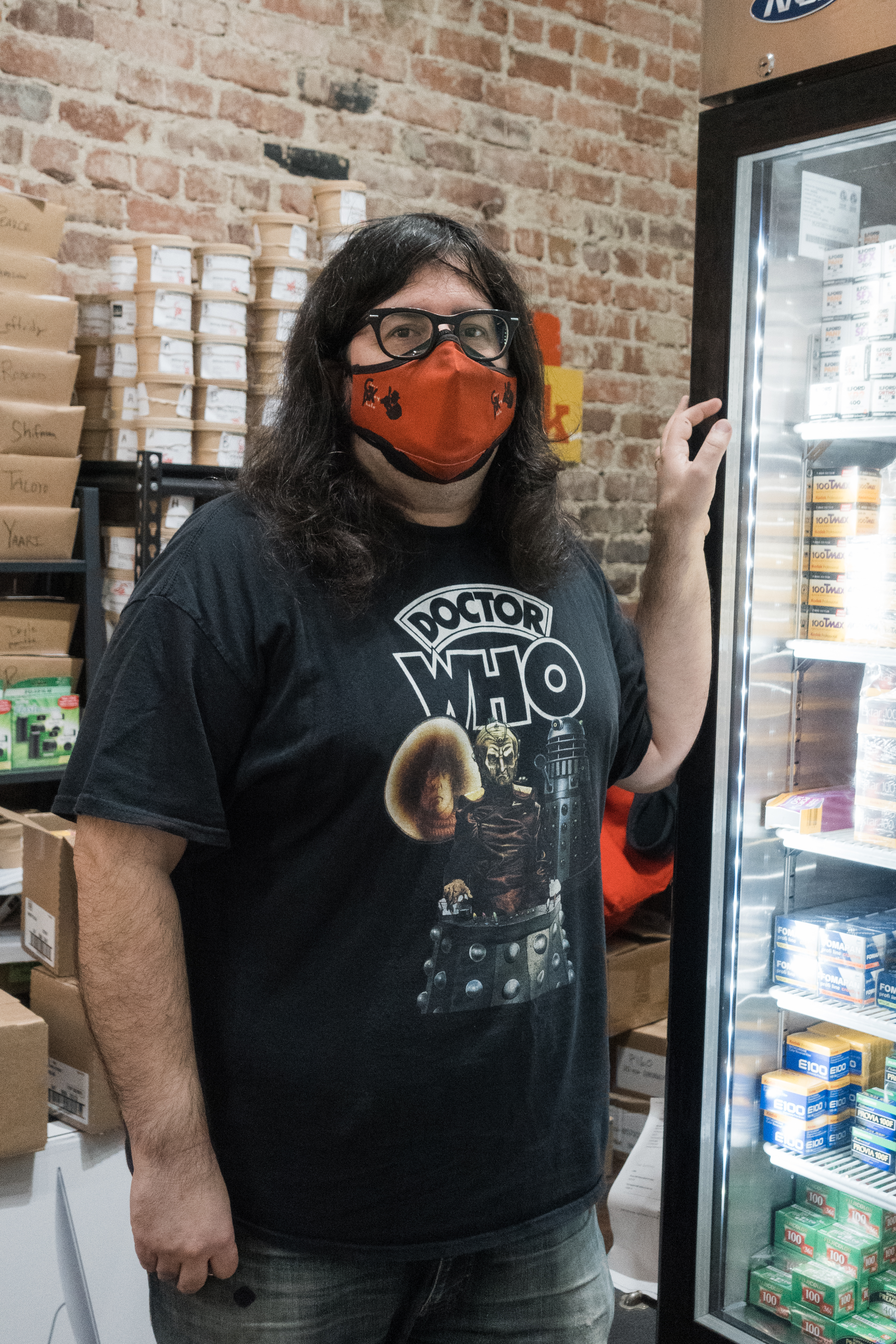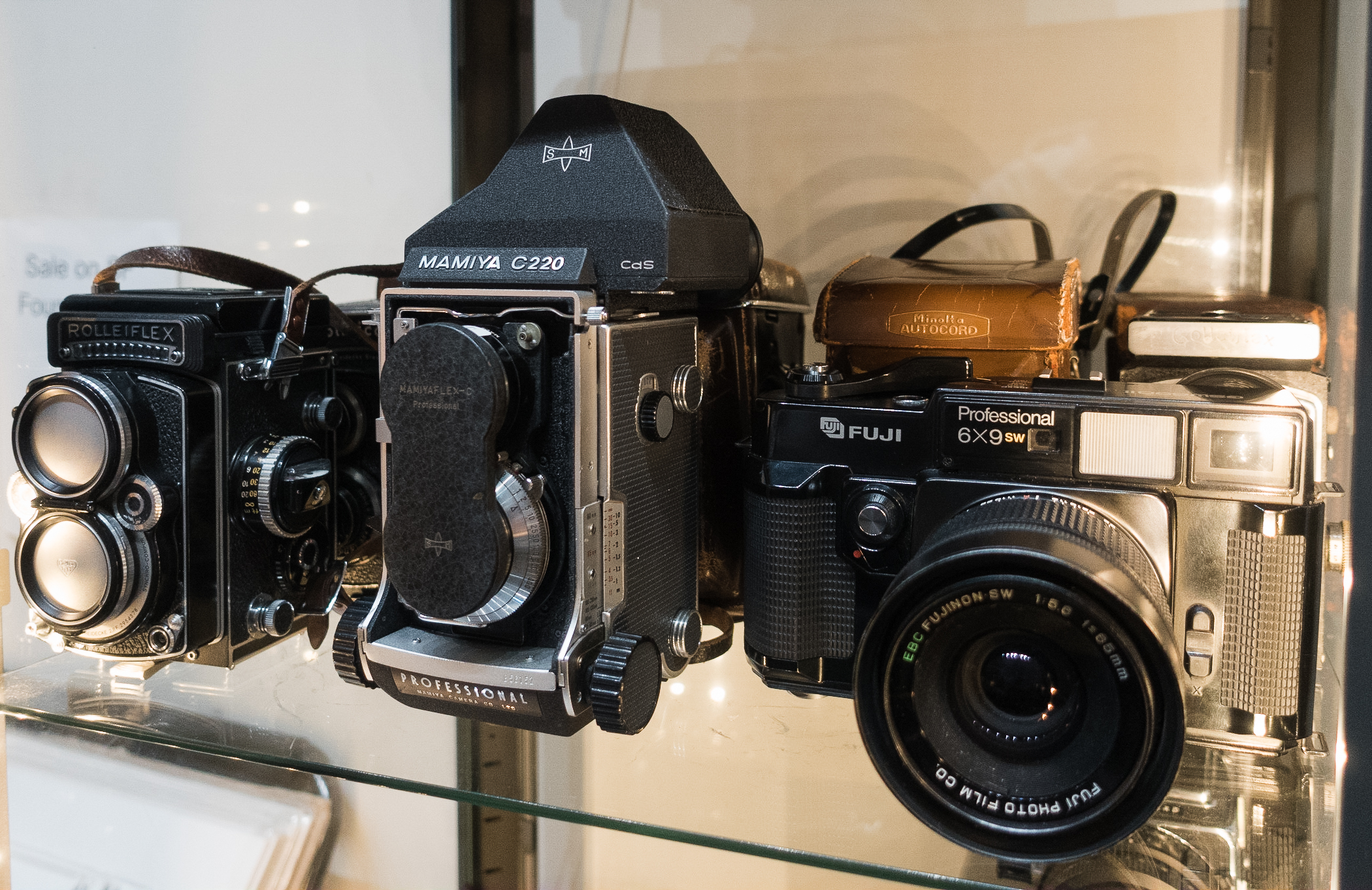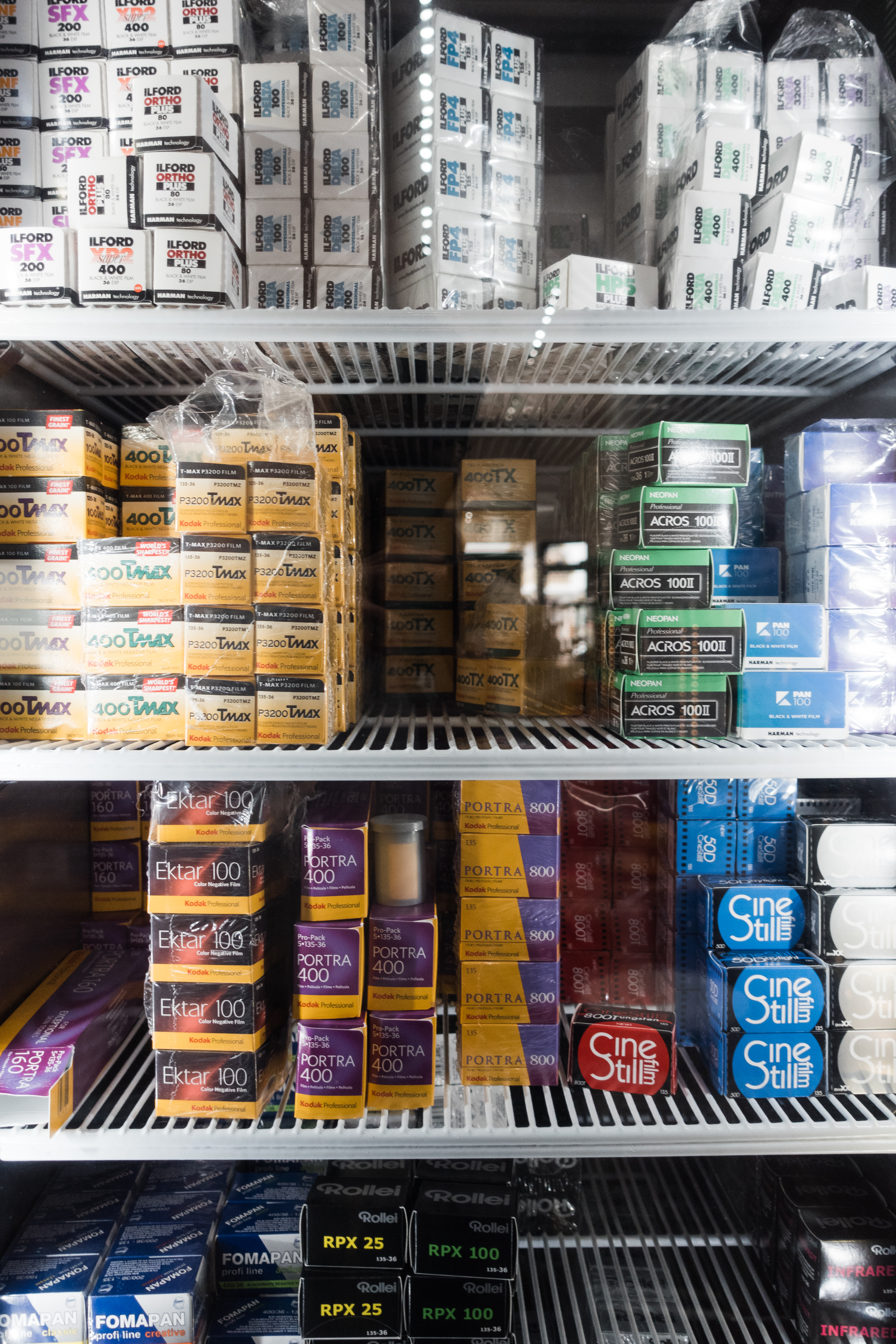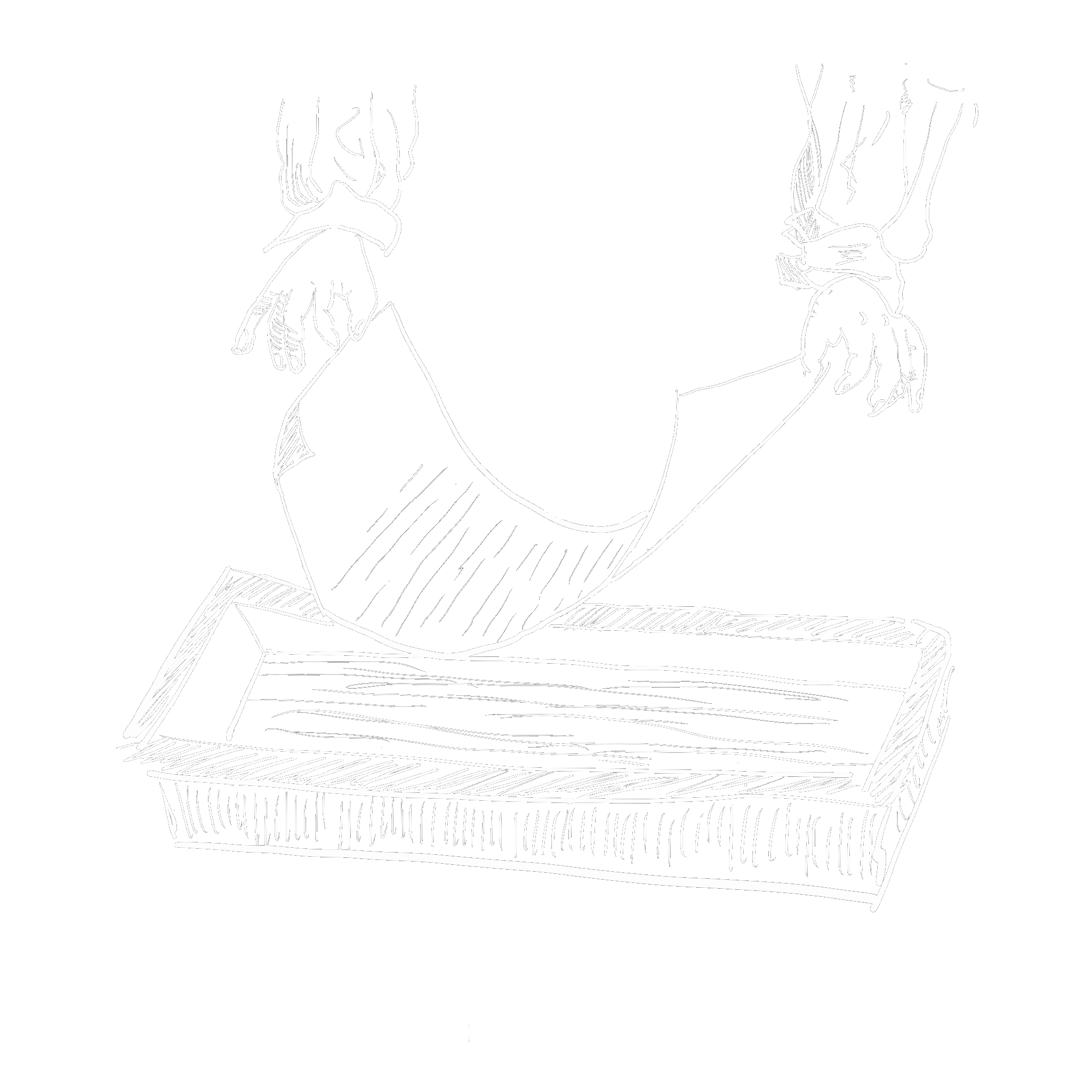A film resurgence
In an increasingly digital world, we as human beings are reminiscing the appreciation and intentionality of analog experiences — the experience of touching with our hands, listening with our ears, and seeing with our eyes. We crave the experiences that bring us closer to the world that we live in, as a result, analog media is making a comeback.
From an increase in vinyl records collections and turntables to the rising sales of printed books, people are showing more interest in all things analog. As part of this resurgence, a new generation of photographers who grew up with digital but have begun dabbling in film has emerged.
Chris Chu is a photographer and YouTuber based in the San Francisco Bay Area. He heavily utilizes film in his creative work.
In 2019, Chris dropped out of the computer science program at San Jose State University to pursue a career in photography and content creation.
“I was ready to kind of just go out on my own, honestly be homeless as well, because I was willing to die for this,” Chris said.

Color film photos shot by Chris Chu.
Since then, Chris has been making a living from freelance photography and producing photography-related videos on YouTube and other social media platforms. While much of his commercial photos are shot on digital cameras, Chris also spends a lot of time shooting with film.
“I just really enjoy the way slower process of making photos through film,” Chris said.
During his career as a photographer, Chris has encountered many obstacles. Among them, the rising price of film rolls has drastically changed both his work and his lifestyle.
Over the past three years, the prices of film, especially Kodak film, have increased by 50%. And for some types of film, prices have nearly doubled over the past three years. Yet in a film shop today, it’s still likely to see mainly empty shelves despite the exorbitant price tags.
Matt Osborne, the owner of Glass Key Photo on Sutter Street in San Francisco, says that despite the increase in film prices, he’s seen the demand remain as high as ever in his store.
"I put [film] in the fridge and I sell it again. And it's gone in no time," Matt said.
Matt runs Glass Key Photo in conjunction with Underdog Film Lab in Oakland, and he often has to cut into Underdog's film supply to stock his store. "I went over there on Saturday, and had to take over as much film as I could get because [Underdog’s] fridge was literally empty,” Matt said. “I just cannot keep it in stock."
 Matt Osborne, Owner of Glass Key Photo, stands in front of his inventory of film.
Matt Osborne, Owner of Glass Key Photo, stands in front of his inventory of film.
 Vintage film cameras sold at Glass Key Photo.
Vintage film cameras sold at Glass Key Photo.
 Glass Key Photo's film fridge.
Glass Key Photo's film fridge.
So why is film so expensive?
The high prices of the photographic film are primarily due to the complex manufacturing processes used to create film. Color film did not become popular until the mid 20th century, with prices at about $5 per roll.
Many companies in the United States started to produce their own film due to its increasing popularity, which drove down prices to $3-5 per roll. While more companies were trying to get a piece of the film market, the incredibly high prices of the manufacturing equipment kept most businesses from entering the market. High-end film manufacturing machines, like those owned by Kodak, cost hundreds of thousands of dollars each. This initial cost alone was enough to keep most competitors out of the film industry in the mid 20th century.
After color film took over the market in the 1970s, the primary competitors began refining their manufacturing techniques to keep film prices consistent with what they were 20 years prior. In fact, film stayed at about $5 per roll until the ’90s due to improved manufacturing processes.
In the ’90s, however, the introduction of the digital camera created a massive decline in the demand for film. With a declining market for film, many of the key players in the filmmaking industry like Forte and Agfa-Gevaert declared bankruptcy. Between the years 2003 to 2008, the market for film was shrinking at a rate of 30% per year, leaving many companies unsure of their value in the film industry.
By the early 2010s, Polaroid, Agfaphoto, and Foton had all exited the film market. With major players throwing in the towel, the supply of film was at an all-time low and film became a luxury product. Companies were no longer competing to improve manufacturing processes, and it seemed hopeless for the film industry.
The market for film started to grow again in 2013. Even though companies like Kodak were able to profit in the film market for the first time in years, the equipment they used was so expensive that no other companies looked to rejoin the market after the crash. Ferrania, an Italian film manufacturer, raised over $320,000 in 2017 to pay for film manufacturing equipment.
With a rapidly growing demand for film as well as rising costs of raw materials, the cost of film rolls spiked. Only a few companies in the world had the supplies necessary to produce high-quality film rolls, and they could not keep up with the increasing demand for film during the pandemic. The rapidly growing demand caused film rolls to hit a price of nearly $18 per roll in 2021, which angered photographers around the world. The inflated prices kept many experienced photographers from shooting film and left the future of film production uncertain.
And yet, it survives
So how does the increasing price of film affect photographers like Chris Chu? According to Chris, several of his friends chose to quit film photography after Kodak's latest round of price hikes. The high prices have even taken aback a diehard like Chris.
“This is, I think, the third year in a row that they [Kodak] raised their prices. And it was like wild,” Chris said. “I’m like, ‘$17 for 10 shots? That’s crazy!’”
Although Chris personally did not stop taking photos on film, he had to make lifestyle changes to accommodate for rising costs. In December 2021, Chris made the decision to completely cut out coffee from his routine to save money for film expenses.

Now, Chris says he has to focus on getting enough sleep and following a healthier diet to compensate for the lack of coffee in his daily routine. Although the fatigue he feels without a caffeine boost during his long workdays is taxing, he says the change is worth it.
“I just needed to still have film in my workflow personally, because I value it so much,” Chris said.
Another barrier to film photography as a hobby is the time that it takes to see the final product of a photo taken on a film camera. Unlike digital cameras, photographers aren’t able to see their photos until after a lengthy process of photo development, which could take anywhere from hours to weeks depending on the availability and accessibility of dark rooms where film is developed.
Once, the slow nature of film became an impediment for Chris during a client shoot.
“They saw my film camera, like while I was using they're like, ‘Oh, can I review the images?’” Chris said. “I was like, ‘Unfortunately, I can't do that.’ And then their confidence, like tanked.”
Because his client wanted to see the images immediately after they were being taken, Chris had to switch to a digital camera for the remainder of the shoot.
While it is not always ideal to have to wait days or weeks to see the end results of a shoot, this unique experience of delayed gratification is a major selling point for many photographers who are looking for a slower-paced workflow or lifestyle, whether they be experienced in the craft or completely new to it.
Joy Zheng is a senior at Northwestern University. She is taking an introduction to film photography course and experimenting with the world of black and white film photography.

Black and white film photos shot by Joy Zheng.
Joy learned how to develop film on her first day of class, which she said was nerve-wracking. She had to learn how to open the film roll container, prep the roll for development, and put it into a container – all while working in darkness to protect the film from being exposed to light.
After a few weeks of practice, Joy says she can now finish this entire process within five minutes. More importantly for her, however, the development of film as an art form has grown on her over the quarter.
“It’s fun and engaging in the sense that there is a lot that could go wrong, but when it goes right it just feels so great,” Joy said.
She described her experience developing her first test strip, a piece of photo paper used to determine how much light is needed for an exposure to be developed well.

“When you dip [the paper] into the developer, it’s just blank for like 30 seconds and then all of a sudden, everything comes out. [The photo] starts like filling in, the black and white start coming out,” Joy said. “You get to essentially see it before your eyes and it’s just so fascinating,”
Chris admits film photography isn’t a necessity for photographers. But like Joy, his love for the art – from the development process itself to the unique look of the resulting photographs – trumps the rising prices that are straining the photography community. And with many photographers sharing the same sentiment as Chris, it seems like film may be here to stay.
“Who needs film photography? Let’s be completely honest, I can survive without it,” Chris said. “But for me to want it as badly as I do right now, it’s worth it.”
